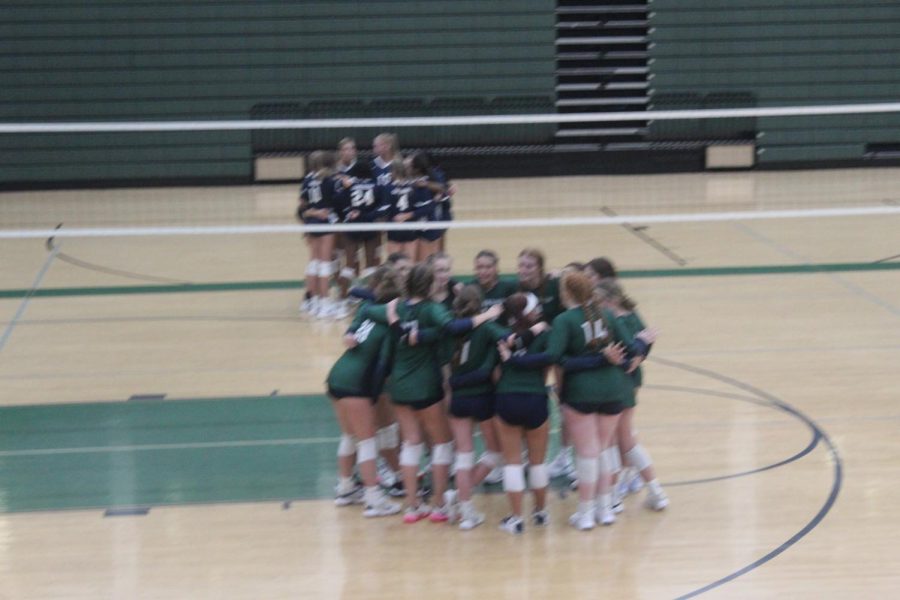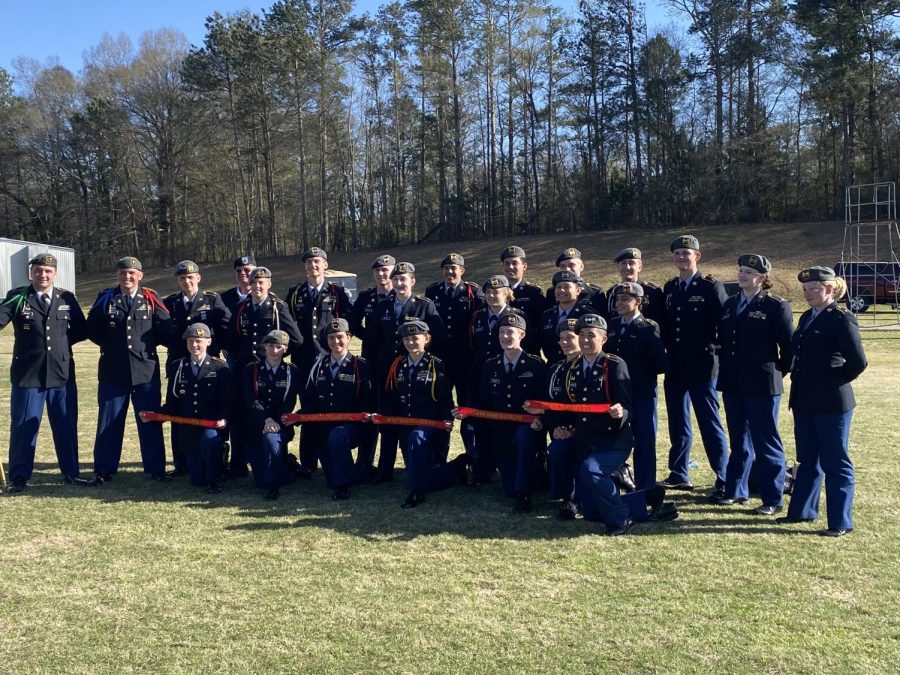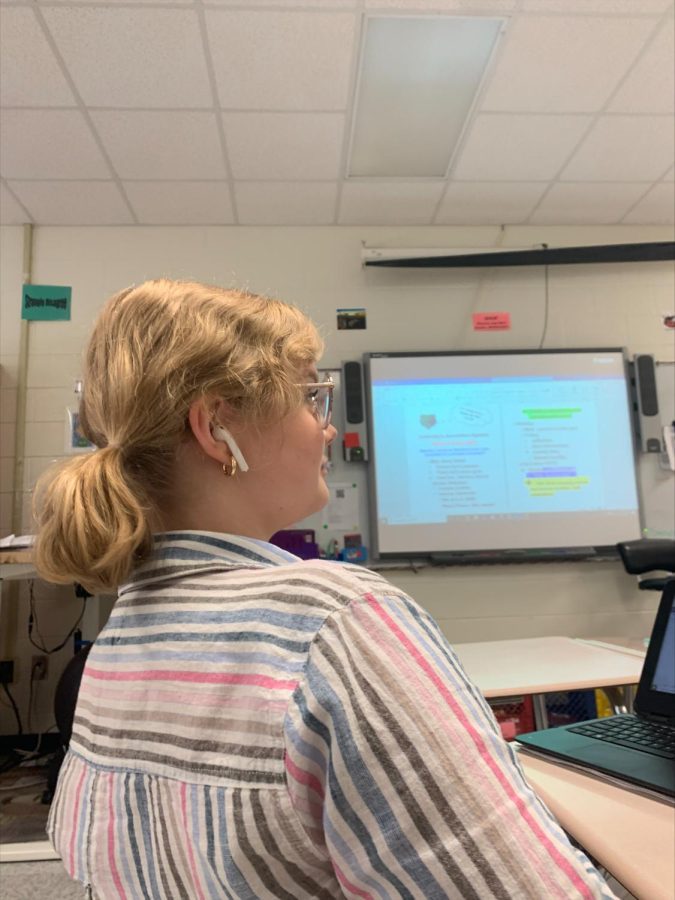From a small step to a giant leap forward
March 4, 2022
In the 1940s, an astronomer named Edwin Hubble suggested the impossible: putting a telescope into space. At the time, the idea was outlandish, for nothing had ever been put into space before. More than 80 years later, NASA launched the successor of the first telescope put into space, the 1990 Hubble Telescope. The new telescope is recognized as one of the most revolutionary pieces of technology in space history.
After 30 years of research and $10 billion in construction costs, NASA launched the James Webb Space Telescope (JWST), near the equator in French Guiana on Christmas morning. It is named after a former administrator of NASA. Astronomy teacher Mary Panik has been following the telescope since its launch and shares her excitement and knowledge with her students daily.
“Everything had to be perfect on it before they were able to launch,” Panik said.
The new telescope’s destination is Lagrange point two (L2), one million miles away from Earth. What that means is the gravitational forces at that point will restrict the telescope’s movement, essentially holding it in position. While the Hubble Telescope is relatively close, and could be fixed if needed, the Webb Telescope would be extremely difficult to repair.
“James Webb is a million miles away; there’s not going to be any, ‘Oh, let’s just hop up there and fix it,'” Panik said.
The telescope arrived at L2 on Jan. 23, after a month of traveling and unfolding through space, but images are not expected until June or July.
“It’s going to go and try to figure out the age of the universe,” Panik said.
Using the Hubble Telescope, scientists have been able to look 13.7 billion years into the past. Still, Hubble can only see so far, as it works with visible light, but the JWST’s infrared camera will allow scientists to see even further back and possibly discover when the Big Bang, the creation of the universe, occurred.
“It’s exciting to see the new interest in astronomy that the telescope has created. I can’t wait to see where the JWST will take us,” Sydney Sharrock, senior, said.
The James Webb Space Telescope was initially believed to have a lifetime of five years, but recent reports have claimed it could last a decade or more. It has forever revolutionized the space program as it reveals secrets of the universe.
































